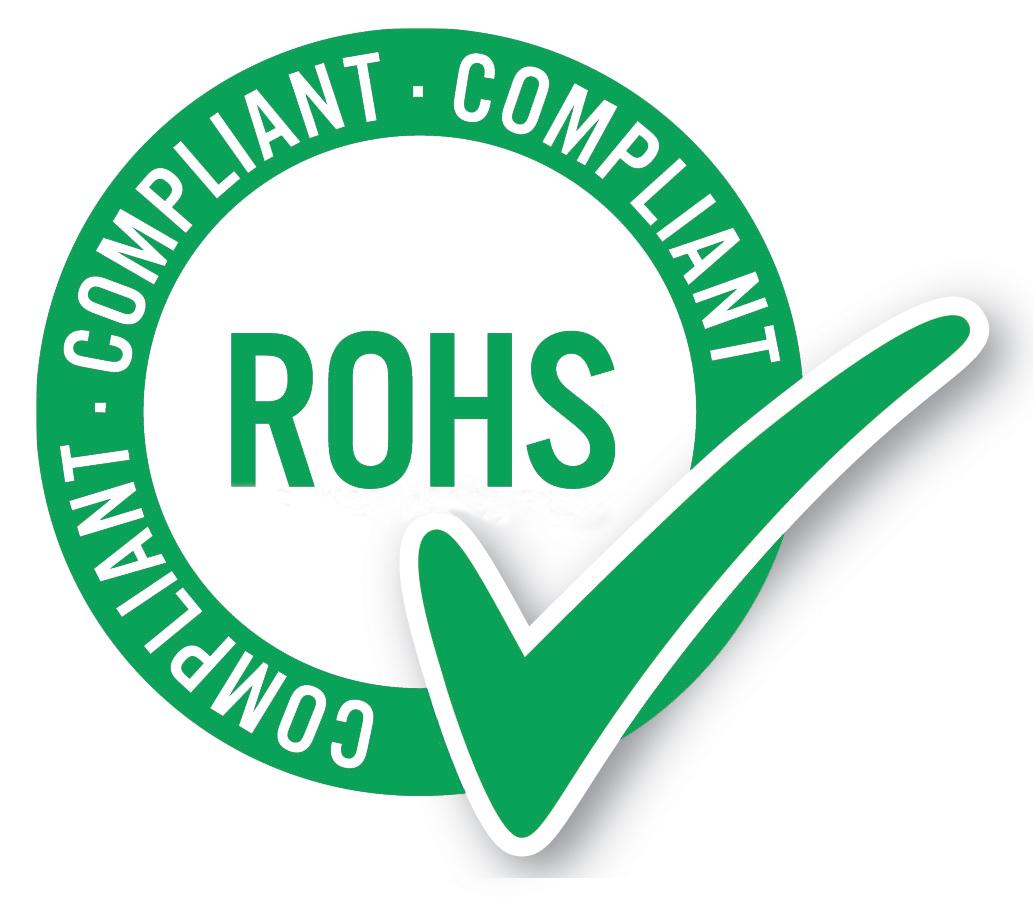



On December 28, 2023, the Standardization Administration of China (SAC) approved the development plan for the mandatory national standard "Requirements for the Restriction of Hazardous Substances in Electrical and Electronic Products." The plan was assigned to the Subcommittee on Testing Methods for Hazardous Substances of the National Technical Committee on Environmental Standardization for Electrical and Electronic Products and Systems (TC297/SC3) for drafting. In early May 2024, TC297/SC3 has completed the draft of this standard.

The new standard will replace "GB/T 26572-2011 Requirements on the Restriction of Hazardous Substances in Electrical and Electronic Products" and "SJ/T 11364-2014 Marking for the Restriction of Use of Hazardous Substances in Electrical and Electronic Products," becoming the core standard for China RoHS.
According to its draft, the new standard will apply to equipment and associated products that operate using current or electromagnetic fields, or for the purpose of generating, transmitting, and measuring current and electromagnetic fields, with a rated operating voltage not exceeding 1500V DC or 1000V AC, excluding equipment involved in the production, transmission, and distribution of electrical energy.
The new standard categorizes electrical and electronic products into two types: Type I products, which are included in the "Compliance Management Catalogue for the Restricted Use of Hazardous Substances in Electrical and Electronic Products," must meet the limit requirements, marking requirements, and conformity assessment requirements specified in this standard. Type II products, which are not included in the catalogue, must meet the marking requirements specified in this standard.
Regarding limit values, the standard stipulates that the content of lead, mercury, hexavalent chromium, polybrominated biphenyls, polybrominated diphenyl ethers, di-n-butyl phthalate, diisobutyl phthalate, butyl benzyl phthalate, and di(2-ethylhexyl) phthalate in each homogeneous material constituting electrical and electronic products should not exceed 0.1% by mass fraction, and the content of cadmium should not exceed 0.01% by mass fraction. The determination of hazardous substances in each detection unit of the product should be carried out according to the corresponding methods of GB/T 39560 (all parts).
In terms of marking, the document continues the markings from SJ/T 11364 and stipulates that components, parts, and elements that are themselves electrical and electronic products but are only used as internal parts of other electrical and electronic products, such as display components, circuit boards, and resistors, when sold separately to consumers or end-users, do not need to be directly marked with the hazardous substance restriction symbol on the product surface but should indicate the symbol in the product instructions or embed the symbol in the product's system software in a digital form.
Regarding conformity assessment, the document stipulates that for products listed in the "Compliance Management Catalogue for Electrical and Electronic Products," the proportion of product components covered by the test reports in the technical support documents for the conformity assessment conducted in the form of a "Supplier Declaration of Conformity for the Restricted Use of Hazardous Substances in Electrical and Electronic Products" should exceed 70%.
Since this standard will affect most electrical and electronic products placed on the Chinese market, relevant enterprises are advised to actively monitor the development of this standard and provide timely feedback.


